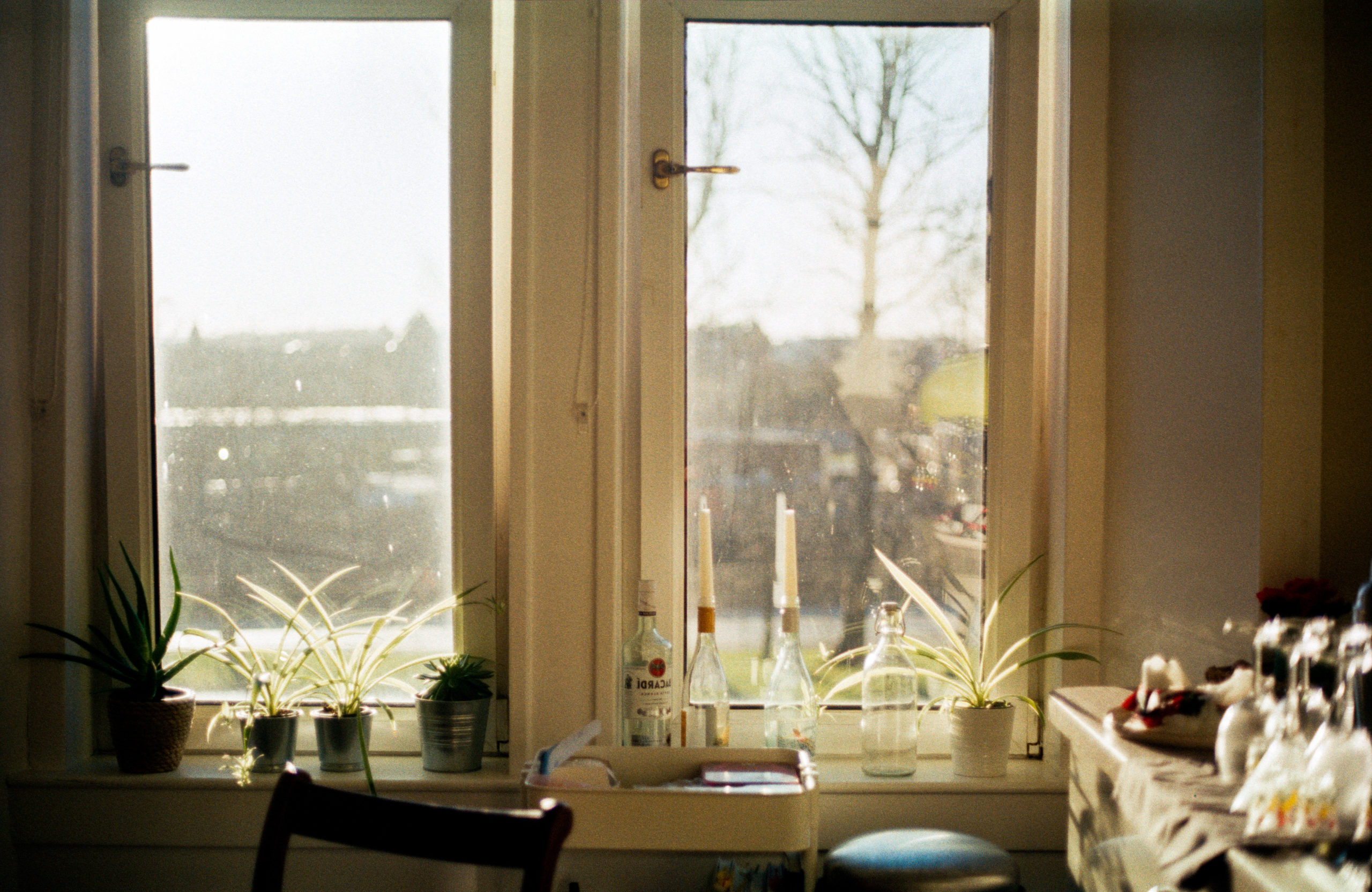Jessica McKendrick (she/her)
It seems that everyone is out for a momentary distraction from their own lives – often by taking a glance into someone else’s. With an internet connection, a couple clicks of a mouse and a few thousand pixels on a screen, you can entirely transport yourself to someone’s window: someone’s view, someone’s world. That’s the function of the ‘Window Swap’ app. As part of the growing abundance of ‘tech windows’, they provide an intimate, casual look into the lives of others. Ranging from YouTube vlogs, to the aforementioned live-streams from windows around the world, those desiring to ‘escape the world from home’ need look no further.
‘WindowSwap’, is a site that shows 10 minute videos of the view from somebody’s window. The bleeding headlights refracted through light drizzle against a kitchen window in Hong Kong run into flecks of golden leaves cascading on the still waters of a lake in Helsinki. Seoul, New Jersey, Moscow, Taiwan, Brazil; every corner of the earth is waiting to be discovered by the refresh of a webpage, and anyone with enough curiosity/interest/boredom can indulge in it.
Through the pandemic most of us have had no choice but to close our doors and stay inside, but the closing of one ‘window’ led, for many of us, to the opening of many more. While remaining physically distant from those we love, isolation sparked an introspective opportunity to consider our own lives without the direct influence of others. Tangentially, the copious hours indoors encouraged thoughts about what other individuals were doing – ‘sonder’: ‘the epiphanic realisation that everyone is living a life as vivid and complex as your own’. As we reached for our phones and laptops to connect with others, did our use of technology to look into their lives counteract the motive behind it: to feel connected? Do these tech windows just provide white noise to quieten the volume of our own lives?
Opening a new Chrome window is perhaps the new people watching. We drifted from our own reality to someone else’s by looking through their glass pane onto a bustling street, taking comfort in knowing that the observed lives are as beautifully chaotic as our own. A curated algorithm is used for most social media to fine tune its content to what satisfies your curiosity. For example, @subwayhands on Instagram captures and posts thumbnail shots of the hands of passengers of the New York subway. From these snapshots we are encouraged to consider the lives of the travellers, navigating the world together, but apart as they reach their destinations and likely never cross paths again; we see intimacy between folk we will never know.
But these ‘micro-moments’ of real life are often overlooked by technology. A search bar doesn’t emulate overhearing a conversation of a stranger on the phone and the Instagram explore page won’t capture a glance through someone’s window as you walk down the street. These fleeting moments of intimate distance buried in our day to day lives are easily swiped past on a screen and not dwelled upon. So are these artificial windows beneficial in influencing our understanding of sonder, or are they alienating us from truly experiencing connection? – Or at least a connection that isn’t powered by an ethernet cable.

